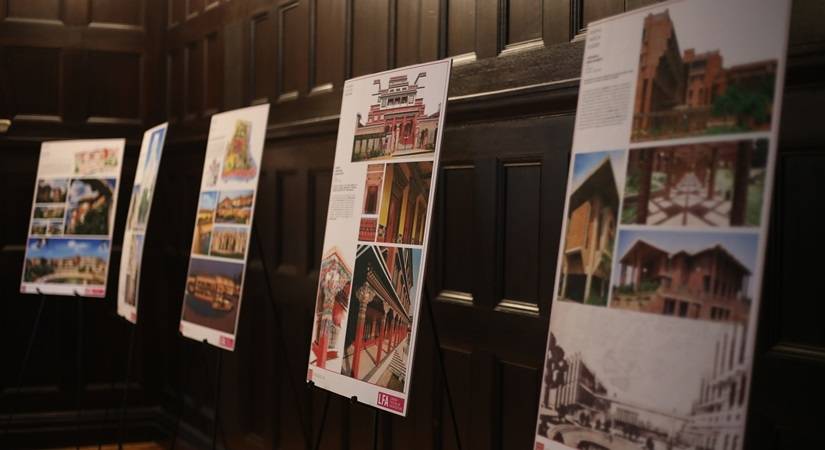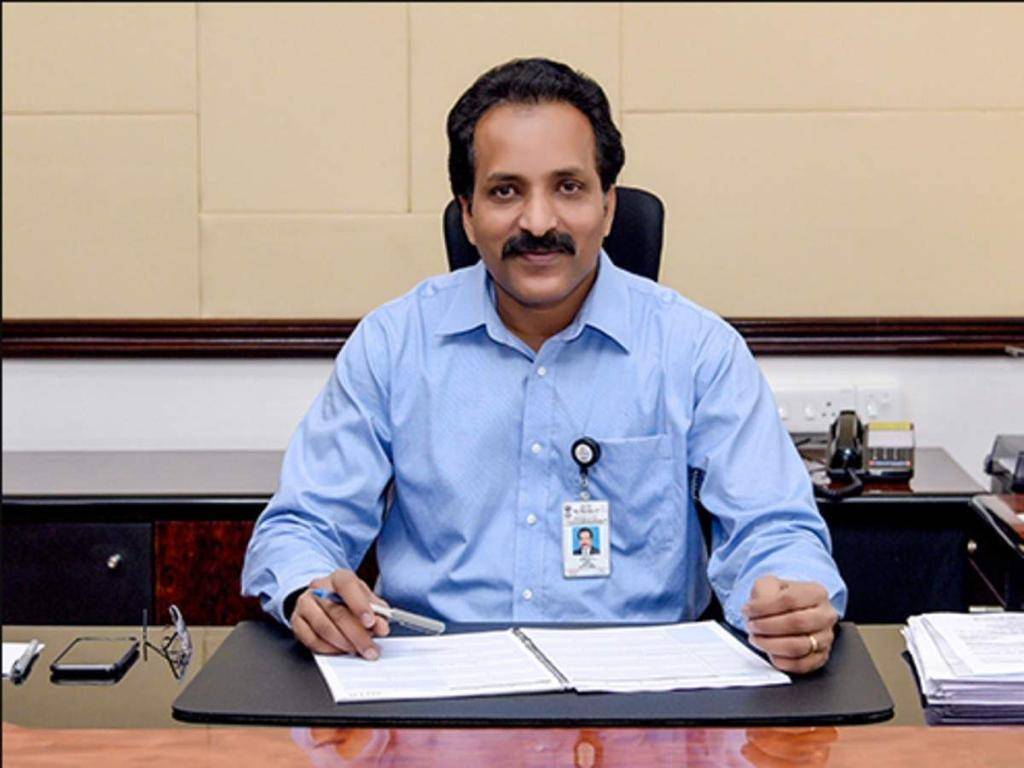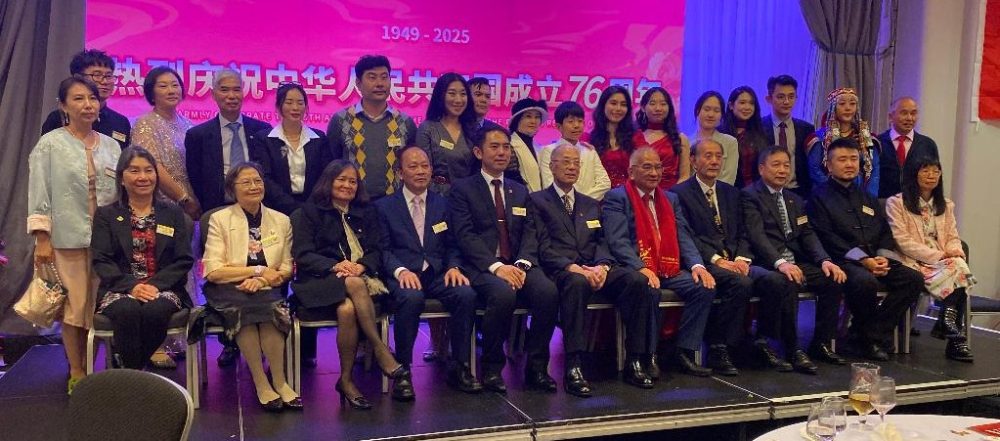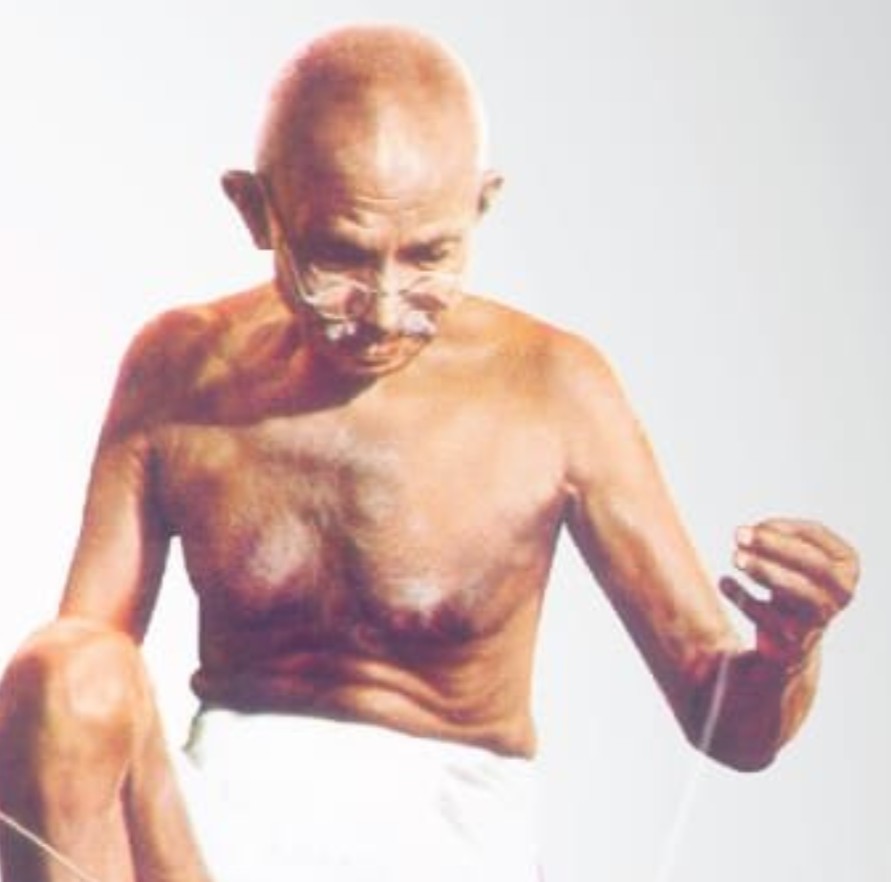The exhibition marked the gracious presence of the eminent author and director of the Nehru Centre (London) Amish Tripathi and the Director of the LFA, Rosa Rogina, amongst other notable dignitaries…reports N. Lothungbeni Humtsoe
Indian architecture has always been adored and held in high regard for its par excellence. Yet India fell behind in the discourse ever since the English conquest and the subsequent years after the end of the freedom struggle.
The architecture that was built during the colonial rule was mostly designed by the British architects, and the contribution of the Indian architects seldom found recognition. Besides, the architectural practices of the era were not “contextualised” as per the Indian environment.
After India attained Independence, the resource was scarce and the onus was on building the economy from the scratch rather than aspiring for architectural brilliance for sustainability. But from the 1970s, the architectural practices found fresh vision in the hands of the then new-age architects, yet global recognition remained uncherished until now.
For the first time, India was invited to demonstrate its architectural prowess on the prestigious podium of the London Festival of Architecture. Dikshu Kukreja, Managing Principal of CP Kukreja Architects and a world-renowned urban planner, was invited to represent India on this occasion. Kukreja presented an exhibition titled “50 Years of the Built Environment,” in which he examined the evolution of Indian architecture and design practices over the last five decades.
The exhibition marked the gracious presence of the eminent author and director of the Nehru Centre (London) Amish Tripathi and the Director of the LFA, Rosa Rogina, amongst other notable dignitaries.
On being the first Indian representative at Europe’s biggest architecture festival, Kukreja says “It brings me immense joy to see contemporary Indian Architecture being received well, globally. It is a matter that is very close to my heart. It is not just about creating buildings, but how our buildings influence society. The honour of showcasing Indian Architecture through the works of C.P. Kukreja Architects at the ongoing London festival of architecture, not only puts India on the map in terms of architecture and infrastructural development but also provides great insights for visitors from all around the world to find opportunities of foreign investments in our country in terms of infrastructure. The exhibition goes a long way in showcasing the scales and opportunities that are coming up in India in terms of urban development and this provides a promising vision for the world to consider India as a favourable investment destination.”
At the exhibition, Kukreja explored the landmark buildings from the 1970s and 80s which contributed to the birth of a unique architectural identity for a newly independent India.
Further, he elucidated on the 1990s and 2000s architectural practices through exploratory and investigative projects, which unleashed the experimental zeal and broke the conventions-as the economic liberalisation ushered in endless possibilities in terms of new-age materials and technology. Moving into the 21st century Kukreja discussed the contemporary practices in the field of Indian architecture at the forefront of cutting-edge innovation and sustainability, while being rooted in the local context.
Amish Tripathi observes “When I looked at the projects, I noticed how we could all learn from the way they’ve used local materials and local traditions when it came to designing their projects.” Reflecting on the current situation in India, Tripathi says “Many of our Indian cities have become urban heat islands because the architecture that’s being used there, is not conducive to our climate. The traditional Indian architecture acknowledges the context and climate it is placed. It is cost-effective, reduces energy consumption, and has always been environmentally friendly.”
ALSO READ-University of Birmingham’s first international campus opens in Dubai









